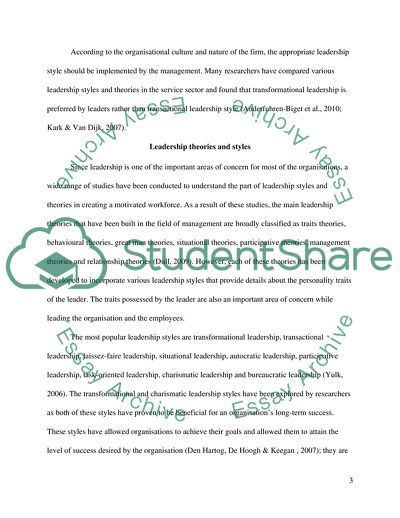Cite this document
(Employee Motivation in Service Sector Term Paper, n.d.)
Employee Motivation in Service Sector Term Paper. Retrieved from https://studentshare.org/human-resources/1788749-employee-motivatio-in-the-service-sector-is-achieved-by-both-charismatic-leadership-and-the-application-of-motivation-theories
Employee Motivation in Service Sector Term Paper. Retrieved from https://studentshare.org/human-resources/1788749-employee-motivatio-in-the-service-sector-is-achieved-by-both-charismatic-leadership-and-the-application-of-motivation-theories
(Employee Motivation in Service Sector Term Paper)
Employee Motivation in Service Sector Term Paper. https://studentshare.org/human-resources/1788749-employee-motivatio-in-the-service-sector-is-achieved-by-both-charismatic-leadership-and-the-application-of-motivation-theories.
Employee Motivation in Service Sector Term Paper. https://studentshare.org/human-resources/1788749-employee-motivatio-in-the-service-sector-is-achieved-by-both-charismatic-leadership-and-the-application-of-motivation-theories.
“Employee Motivation in Service Sector Term Paper”, n.d. https://studentshare.org/human-resources/1788749-employee-motivatio-in-the-service-sector-is-achieved-by-both-charismatic-leadership-and-the-application-of-motivation-theories.


